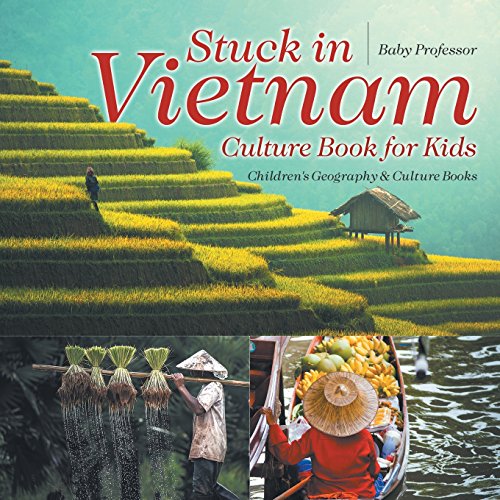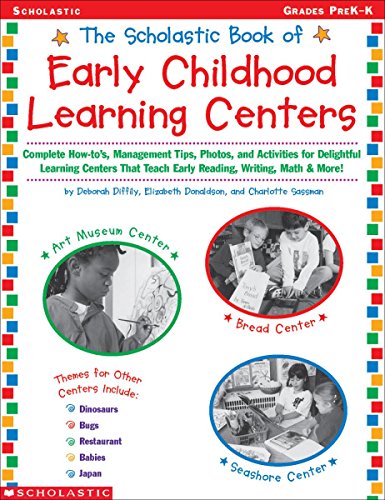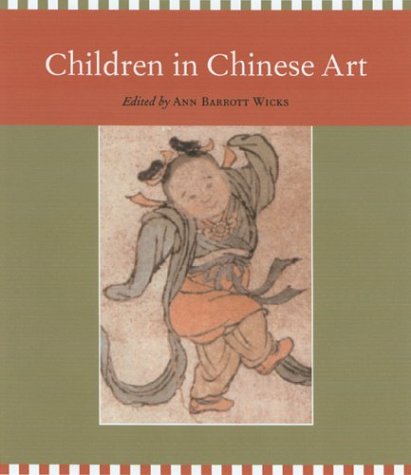Children in Chinese Art
Depictions of children have had a prominent place in Chinese art since the Song period (960-1279). Yet one would be hard pressed to find any significant discussion of children in art in the historical documents of imperial China or contemporary scholarship on Chinese art. Children in Chinese Art brings to the forefront themes and motifs
Depictions of children have had a prominent place in Chinese art since the Song period (960-1279). Yet one would be hard pressed to find any significant discussion of children in art in the historical documents of imperial China or contemporary scholarship on Chinese art. Children in Chinese Art brings to the forefront themes and motifs that have crossed social boundaries for centuries but have been overlooked in scholarly treatises. In this volume, experts in the fields of Chinese art, religion, literature, and history introduce and elucidate many of the issues surrounding child imagery in China, including the pervasive use of pictures of children for didactic reinforcement of social values as well as the amuletic function of these works.
The introduction by Ann Barrott Wicks and Ellen Avril provides a thought-provoking overview of the history of depictions of children, exploring both stylistic development and the emergence of specific themes. In an insightful essay, China specialists Catherine and Dick Barnhart combine expertise in literature and painting to propose that the focus on children in both genres during the Song is an indication of a truly humane society. Terese Bartholomew makes skillful use of visual and textual sources from the Ming (1368-1644) and Qing (1644-1911) period to explain children’s games and the meaning of depictions of boys at play. Gender issues are examined in Ann Waltner’s intriguing look at mothers and children in woodblock illustrations to Ming versions of the classical text Lie nu juan. Julia Murray considers depictions of the childhood of saints and sages, drawing on her path-breaking research on murals and commemorative tablets in ancient temples in remote parts of China. Ann Wicks concludes with two highly original essays on child protectors and destroyers in Chinese folk religion and family portraits and their scarcity in China before the nineteenth century. The text is accompanied by more than one hundred color and black-and-white illustrations, some previously unpublished.
Engagingly written and thoroughly grounded in original research, Children in Chinese Art is an important addition to literature in the fields of Chinese art, social history, anthropology and childhood studies. Its clarity and variety of approaches to interpreting pictures of children will attract specialists and nonspecialists alike.
“One would never guess, before looking into the seven essays that make up this book, how many areas of Chinese culture and society can be illuminated by the pursuit of a single image, that of the child. Nor would one realize, before seeing the pictures, how delightful many of the images of children prove to be. The authors of the essays, however, explore deeper matters than childhood charm: the new humane values of the Song period, as expressed by parents writing poems about children or painters portraying them no less lovingly; the aspirations of families to see their sons become scholar-officials, and the central role of mothers in their early training; how Confucian morality or Buddhist piety can be manifested in the iconography of the child. These and numerous other concerns are brought to bear, with excellent analyses, on objects of art in a diversity of media, works that somehow sustain their aesthetic appeal even while bearing such burdens of meaning. Lovers of Chinese art and enthusiasts for Chinese culture will find rich rewards in this book.” — James Cahill, author of The Lyric Journey: Poetic Painting in China and Japan
“The essays in this volume offer important insights into a familiar but poorly understood icon in Chinese art: the child. The child frequently appears as an image in Chinese decorative arts, didactic illustrations, religious iconography, elite portraiture, and popular woodblock prints. But until now, little has been written to elucidate the great variety and complexity of these images. The authors of this collection unlock the diverse meanings attached to artistic representations of the child in the context of China’s religious, social and cultural history. Drawing together the essays of seven distinguished scholars, Ann Barrott Wicks has done an excellent job demonstrating the richness of this topic and its importance to our understanding of Chinese art and culture.” — Anne Behnke Kinney, University of Virginia
Product Features
- Used Book in Good Condition










